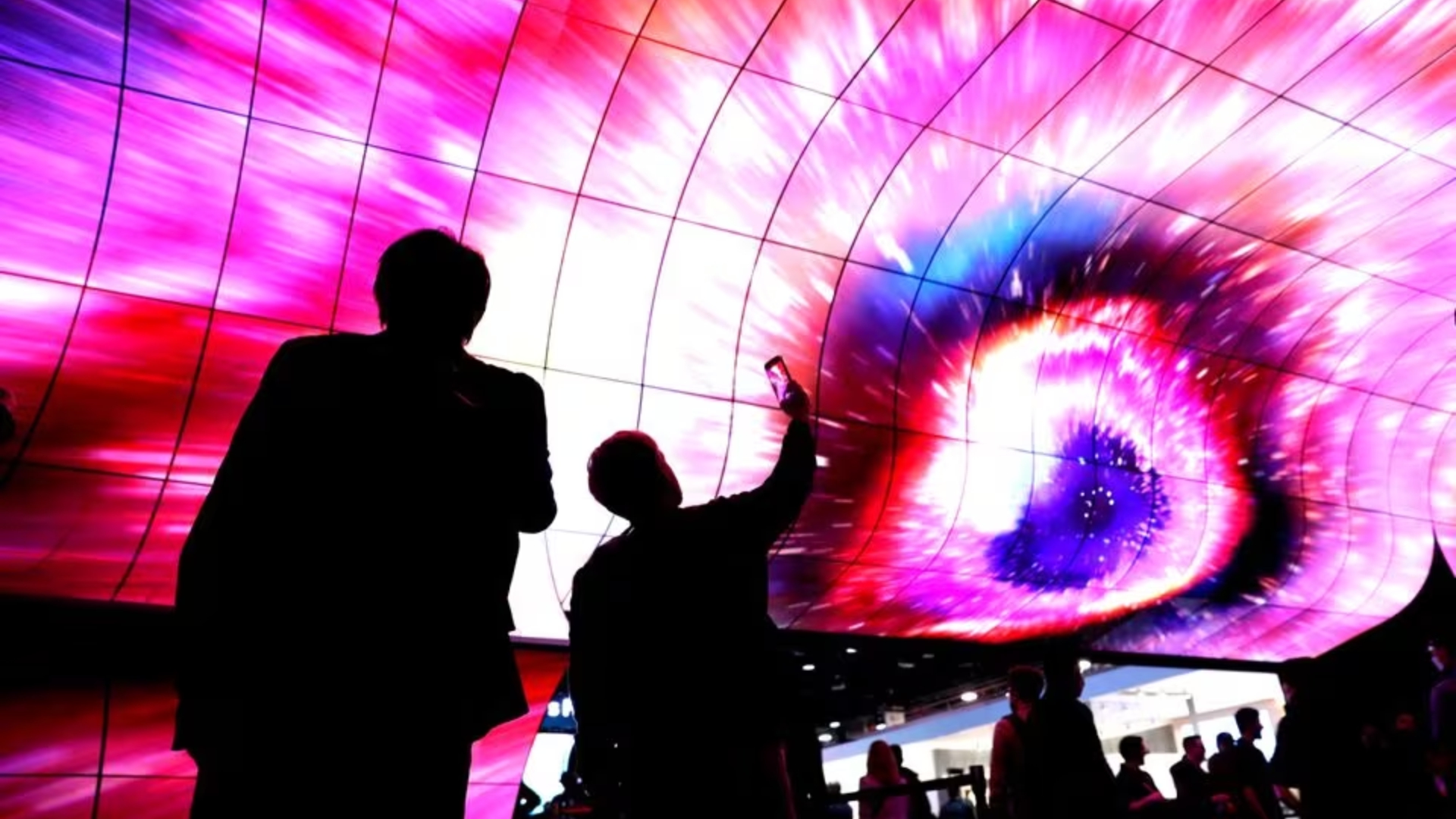SAN FRANCISCO,(Reuters) – OpenAI boss Sam Altman will not appear at the CES trade show in Las Vegas next week. But the generative artificial-intelligence fever his startup set off last year will be on full display as gadget makers race to find consumer uses for the technology.
In devices for the visually impaired, and safety systems involving guns at schools, to facial-recognition software that can assess vitals, and cabin-monitoring systems inside autonomous cars, dozens of companies have planned announcements for the show about how they are building AI into their gadgets.
CES 2024, formerly known as the Consumer Electronics Show, runs Jan. 9-12.
OpenAI’s influence at the show despite Altman’s physical absence is reminiscent of Apple (AAPL.O) and its founder Steve Jobs, whose clout was felt despite him avoiding the show, with many firms jockeying to display gadgets compatible with the company’s sleek products.
Altman is widely regarded as the poster child for the AI frenzy that has gripped the tech industry for the past year. He made headlines in November when he was briefly ousted by the ChatGPT maker’s board, and reinstated days later after more than 700 employees threatened to quit and join OpenAI investor Microsoft (MSFT.O) in solidarity.
Among other projects, OpenAI is working on a secretive AI hardware project with famed former Apple designer Jony Ive, according to media reports.
Funding for generative AI projects exploded last year, surging more than fivefold to $23.78 billion through the beginning of December from 2022, according to PitchBook data.
“It’s the year of AI in everything,” said Maribel Lopez, tech analyst at Lopez Research. “If you don’t have AI in your product, don’t show up, it’s not worth talking about.”
Germany’s Bosch is expected to showcase a near-invisible gun-detection system that will pair video and audio AI for proactive security involving firearms at schools. Japan’s NEC (6701.T) will unveil AI software that enables mobile devices to analyze face patterns and pupil conditions to estimate human vitals and mental state.
A slew of companies is expected to show off how using AI in vehicles is making them smoother and safer for drivers through better in-vehicle virtual assistants and cabin monitors.
The new focus area for automakers after years of investment into autonomous technology that used AI is technology that allows a “hyper personalized” experience while buying and driving cars, said Akash Arora, a managing director at Boston Consulting Group.
“They’re trying to figure out ‘if I could get to this level of customer experience it can really differentiate me in the market,'” he said of companies in the auto industry.
For instance, Cerence (CRNC.O), which makes AI-powered virtual assistants, is set to announce a partnership with Volkswagen (VOWG_p.DE), and Israel-based Cipia (CPIA.TA) is expected to unveil a system that monitors signs of distraction and drowsiness in drivers. Amazon.com (AMZN.O) said it will announce a generative AI partnership with BMW (BMWG.DE), but declined to provide details before the show.
Many automakers are also adopting AI in various stages of production to reduce costs, said Wendy Bauer, vice president of automotive and manufacturing at Amazon Web Services, which counts BMW and Toyota (7203.T) as customers. AI can help carmakers save money by speeding up vehicle development and ensuring better quality checks during manufacturing, she said.
PC and smartphone makers are also likely to showcase how their products use AI, which chipmakers including Intel (INTC.O) and AMD (AMD.O) are betting will offer a new revenue stream. Microsoft said on Thursday that PCs with a new AI button on the Windows keyboard will be on display at the show.
But it is not clear whether consumers will pay extra for AI capabilities on their computers because these developments perform less obvious tasks than OpenAI’s ChatGPT bot.
“Consumers love ChatGPT, but the consumer benefit of having it on a device isn’t clear,” said Jay Goldberg, chief executive of D2D Advisory. “That’s why everyone is going to talk about it – because everyone is scrambling for the consumer utility.”
Reporting by Max A. Cherney and Abhirup Roy in San Francisco Editing by Sayantani Ghosh and Matthew Lewis











